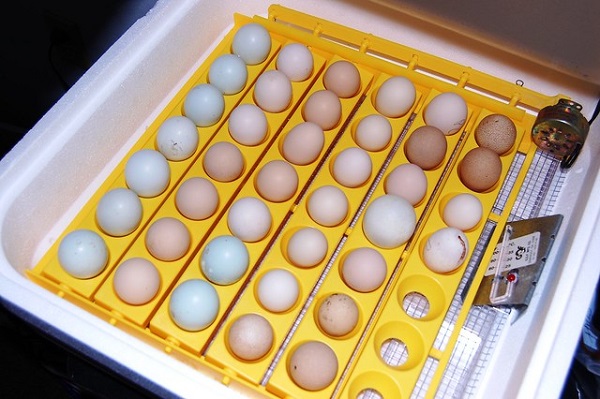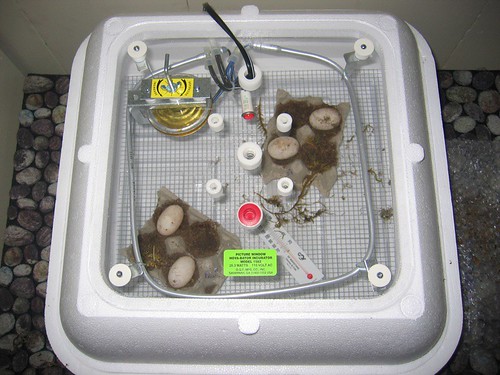Table of Contents
Congratulations! You’ve successfully incubated your eggs and they have hatched. Depending on what type of incubator you are using, the cleaning process may be relatively easy or a bit more complicated. Here is a quick guide on how to clean your egg incubator after hatching.
For the most part, the process is the same for all incubators. The main difference is the type of incubator you are using.
Here is how to clean your egg incubator after hatch:
1. Unplug the incubator
First and foremost, unplug the incubator. This is a very important step as you will want to avoid any electrical shock.
2. Remove the hatchlings
The first step to cleaning your incubator is to remove the hatchlings. This is the most important step because you do not want to get any hatchlings mixed up with the eggs. The hatchlings will be much larger than the eggs and they will be able to crawl around.
3. Remove the eggshells
The next step is to remove all the eggshells. Depending on what type of incubator you are using, this may be a relatively easy or difficult process.
If you are using an incubator that has an automatic egg turner, then remove the egg turner. You should be able to remove the egg turner by simply pulling it out.
If you are using a manual egg turner, you can manually remove the eggshells. This is the most difficult part of cleaning your egg incubator after hatch because you will need to use your hands.
You should also remove the eggshells one by one. You must be very careful because one eggshell can contain a lot of bacteria. Putting on hand gloves before removing the shells is much better.
4. Clean the incubator
Now that you have removed the hatchlings and the eggshells, the next thing is to clean the incubator. First, clean the egg turner and egg tray. Use a cleaning solution and a sponge to clean them. Also, rinse the egg turner and tray thoroughly before placing them back into the incubator.
Next, you should clean the incubator itself. You can use a cleaning solution and a sponge to clean the incubator.
5. Disinfect the incubator
The last step is to disinfect the incubator. Use a disinfectant and a sponge to disinfect the incubator. This is a very important step because you do not want to place any eggs into an incubator that is not disinfected.
You should be very careful when disinfecting the incubator because you will be using a disinfectant. You should wear gloves and eye goggles. You should also be sure to read the instructions on the disinfectant.
6. Leave to dry thoroughly and store
You will want to let the incubator dry thoroughly before storing it. It is important to store the incubator in a cool, dry place. If you do not dry the incubator thoroughly or you store it in a damp place, mold can start to grow.
After your eggs have hatched, it is important to clean your incubator to prevent the spread of diseases. This article provides step-by-step instructions on how to clean your incubator quickly and easily.
Share this article to help others clean their incubators after hatching.



